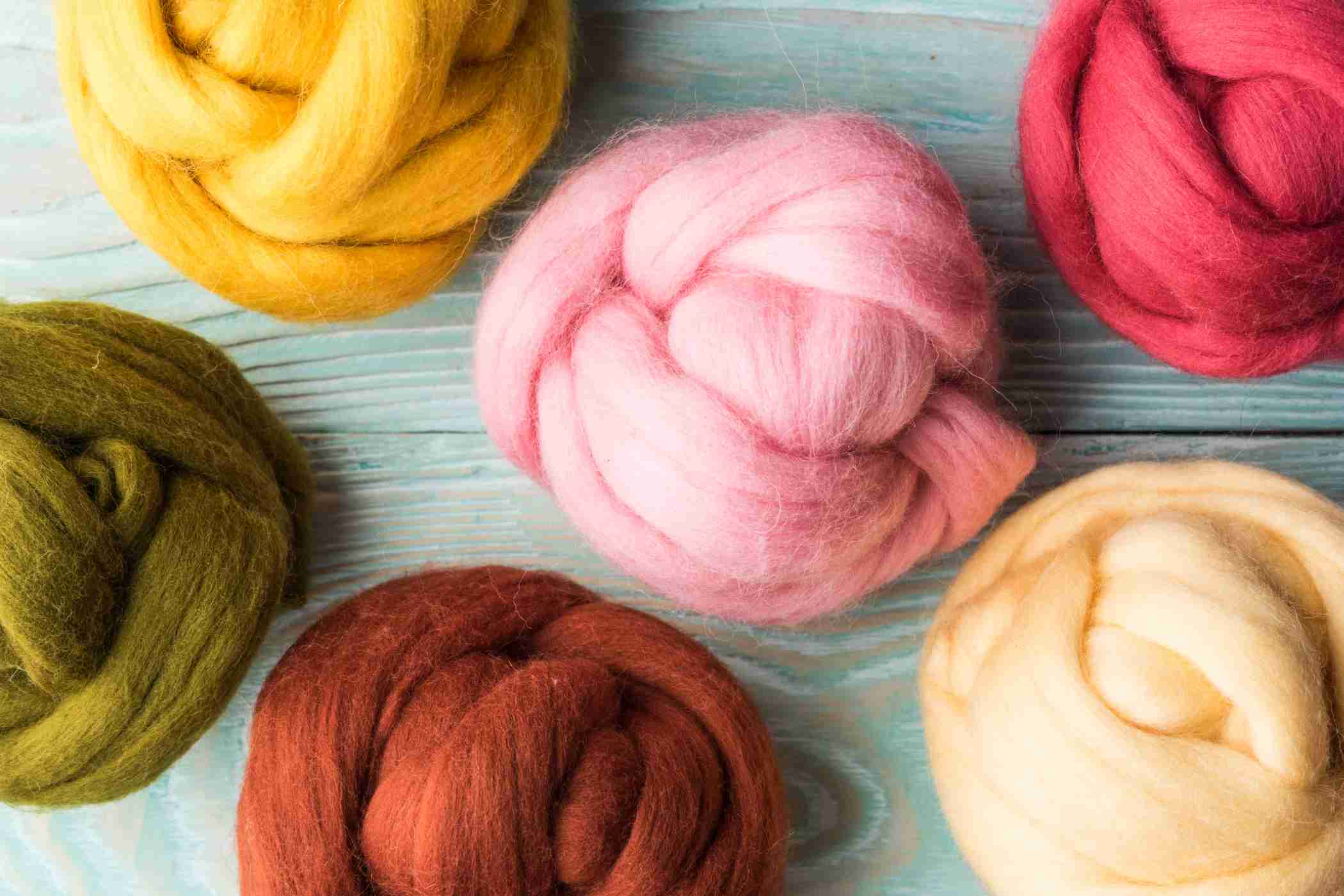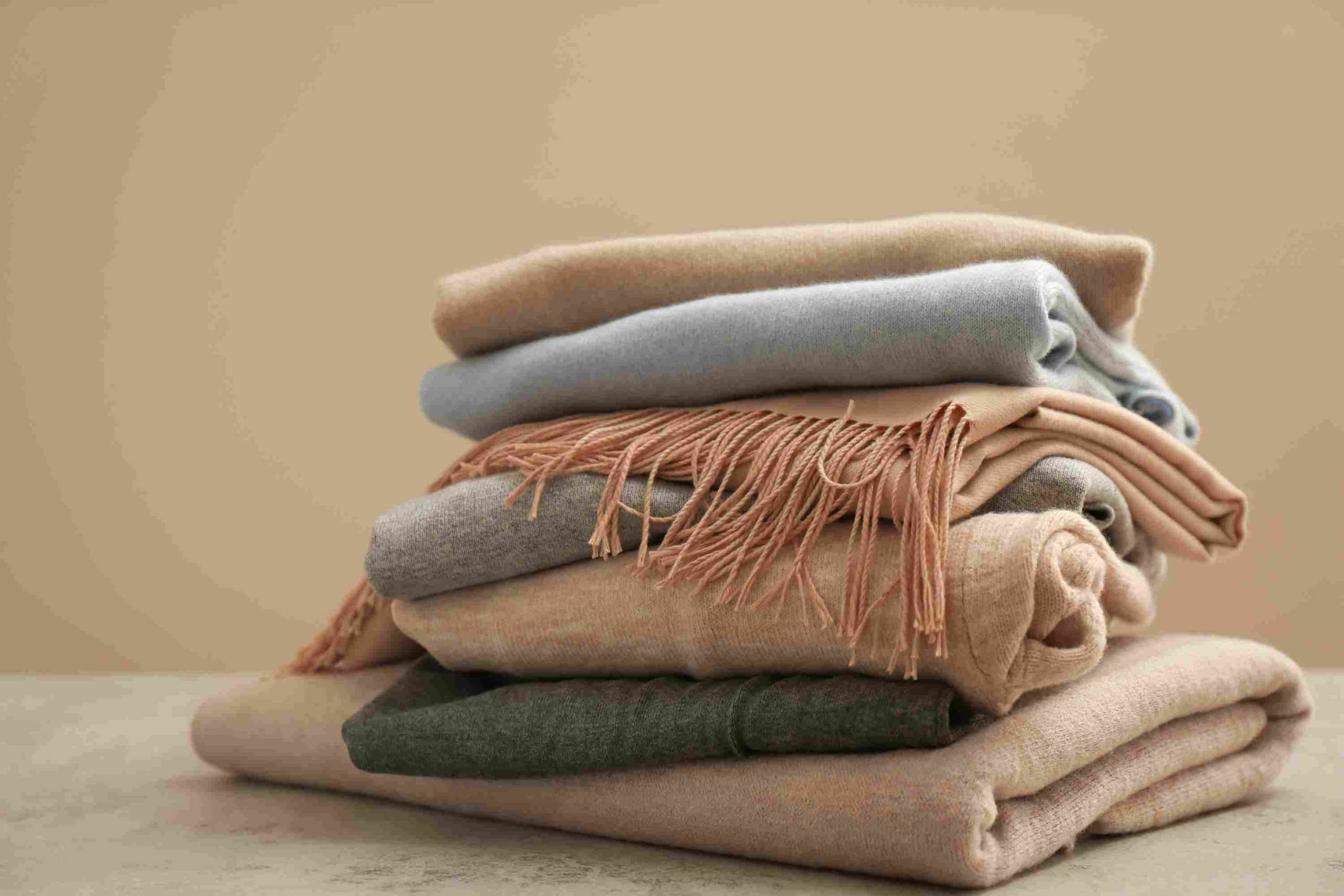Khadi Fabric: Everything You Need To Know

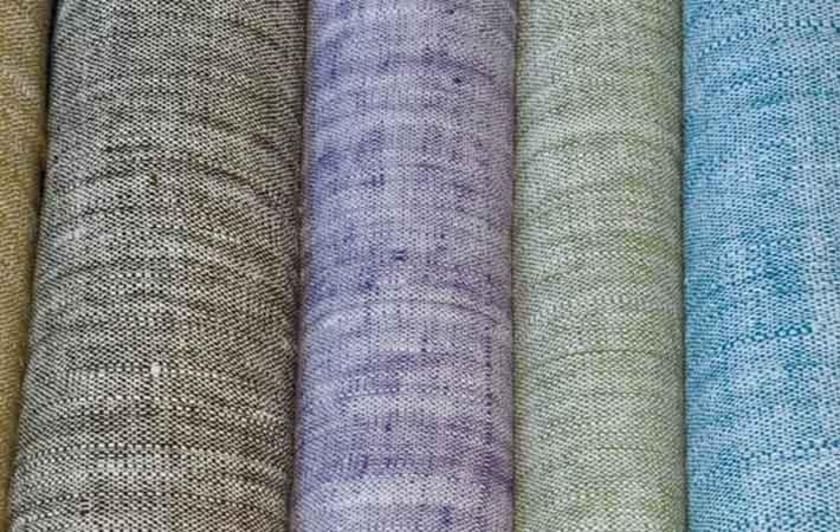

Khadi, one of the most popular fabrics of India, is now a daily clothing choice for most Indians. Every year September 19 is celebrated as Khadi Day in India. Khadi has historical and philosophical importance in India. It was introduced by Mahatma Gandhi, the father of the nation. He started the swadeshi movement to promote khadi fabric to make India self-reliant and independent.
Khadi played a vital role in the freedom struggle of India. And now, it is one of the solutions for the environmental crisis the world is facing today. Many people are opening up to adopting this eco-friendly and sustainable fabric. Many designers have taken the initiative to give khadi fabric a makeover and make it a popular choice again.
Khadi, the simple, eco-friendly fabric worn by millions of Indians, symbolises patriotism. This blog will cover everything about Khadi. It will cover khadi, the benefits of khadi fabric, types of khadi, and its use case in today's world is.
What is khadi fabric?
Khadi is hand-spun and handwoven fabric using a spinning wheel called a charkha. Khadi fabric is also known as Khaddar. The cloth is usually handwoven using cotton, silk, and wool. It is produced in various states of India, and all of them make a unique type of khadi fabric.
Firstly, the fibre is converted into yarn using charkha. Yarn is then weaved into fibre using looms. There are various other steps, such as dying and strengthening. Traditionally, khadi fabric is manufactured without using any natural resources or energy. But with time, the manufacturer has changed. All the processes can be mechanised.
The modern Manufacturing process of khadi
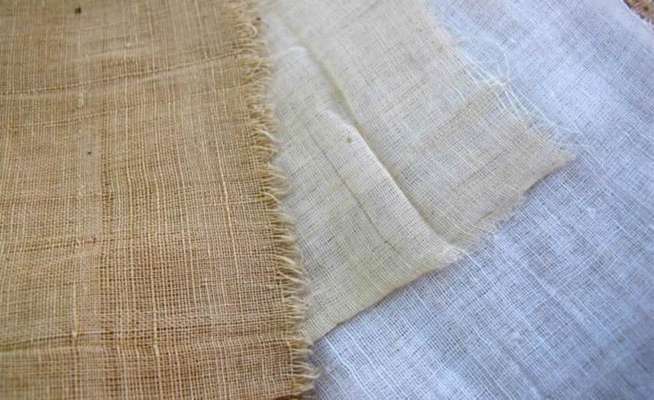
- Raw cotton: Raw cotton is collected for manufacturing khadi fabric.
- Ginning: Cotton is separated from lint and seeds. The moisture content is also removed.
- Carding: Carding produces continuous web by detangling, cleaning, and intermixing fibres.
- Spinning: Cotton is spun to make a workable cotton thread.
- Warping: Warping is the process of preparing cotton for weaving.
- Weaving: The yarns are taken from the bobbins and placed on the looms.
- Dyeing: It is the process of adding colours to fabrics. Natural dyes are used for dyeing.
- Printing: An opaque white pigment is used to print on khadi fabric.
Types of Khadi
There is a misconception that khadi is made of cotton only. But khadi is made out of silk and wool as well. The different states in India are producing various types of khadi fabric. Each one of them is popular for its unique khadi fabric.
Khadi Cotton
As the name suggests, the khadi cotton fabric is handwoven using cotton. It is also famously known as muslin. It is a perfect choice for Indian climate conditions. The khadi cotton fabric is light, breathable, and dry.
West Bengal produces a large quantity of muslin in India.
Mysore Karnataka is famous for silk, primarily producing khadi cotton.
Ponduru, Andhra Pradesh, is known as khadi village because they produce completely handwoven khadi cotton.
Khadi Silk
Khadi silk fabric is made by spinning pure silk or blending other yarns.
Matka silk or Ahimsa silk is the most popular type of khadi silk. It is made with the waste of mulberry silk which is obtained mainly from Karnataka and Kashmir.
Another type of khadi silk is tussar silk. It is mainly found in the eastern parts of India. It is lighter and cooler compared to other types of khadi silk. Bhagalpur, Bihar, Jharkhand, and Malda are famous for producing tussar silk.
Chanderi silk is also one of the famous khadi silk in India. It is mainly produced in Chanderi, Madhya Pradesh.
Woollen Khadi
Fine quality wool is hand spun and hand woven to produce woollen khadi fabric.
Pashmina, the most loved woollen khadi, is the purest form of cashmere. It is found in Kashmir.
Benefits of using khadi fabric
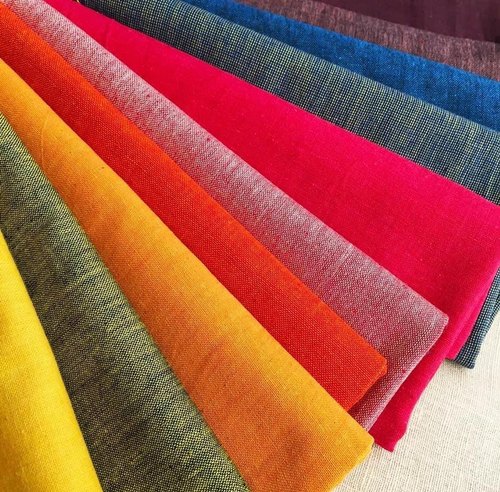
Khadi fabric is skin-friendly
It does not irritate the skin or stick to the skin. Therefore, it is suitable for sensitive skin.
It keeps the body cool in summer as it allows air ventilation. It can absorb moisture and sweat, making it the perfect choice for summers.
Khadi fabric keeps the body warm, making it winter-friendly.
Khadi fabric is sustainable.
Khadi items of clothing are durable compared to synthetic fibre. They last longer, which means less waste is generated.
Khadi fabric is sustainable because of its eco-friendly manufacturing and production process. As it is handwoven, it reduces energy and natural resources usage. The machinery used in khadi production is simple, which reduces the setup cost.
Khadi helps build the economy.
Almost every state in India produces khadi fabric with slightly different variations in weaving style. It provides an opportunity for skilled workers and helps build the country's economy.
There is a massive demand for khadi clothing, and it supports the farmers who produce cotton and natural fibre.
India is the largest producer of khadi fabric. And looking at the demand for sustainable khadi fabric will help India rise economically.
Khadi Today
After independence, the Government of India established the Khadi and Village Industries Commission (KVIC), an organisation that plans, promotes, and facilitates the development of khadi.
Large scale apparel manufacturers are collaborating with KVIC to produce new khadi lines. Aditya Birla Group launched a menswear brand named 'Khadi by Peter England'. Raymond launched a collection called 'Khadi, the Story Re-Spun'. Arvind Ltd is producing khadi denim.
Many designers are embracing the khadi and giving it a makeover. Sabyasachi Mukherjee uses khadi in most of his bridal clothes and gives it a royal look. Ritu Kumar is also in love with khadi for its matte texture and ability to dye beautifully. Other designers like Payal Jain, Rohit Bal, Anju Modi, Raghuvendra Rathore, Abu Jani & Sandeep Khosla have crafted beautiful apparel with khadi fabric.
The Bottom Line
It's high time the world starts looking at khadi fabric more pleasingly and adopting sustainable fashion. Khadi fabric can help save the environment while being chic. It also helps build employment for rural regions in India.
Thus, the government's support and designers and consumers' mindfulness will help India generate more revenue with khadi production.
Fashinza helps fashion design brands by providing an apparel manufacturing platform. You can reach out to Fashinza for all material sourcing needs of your clothing brand.















